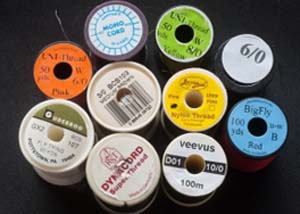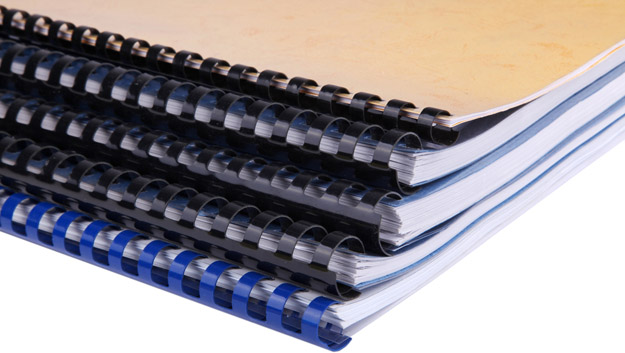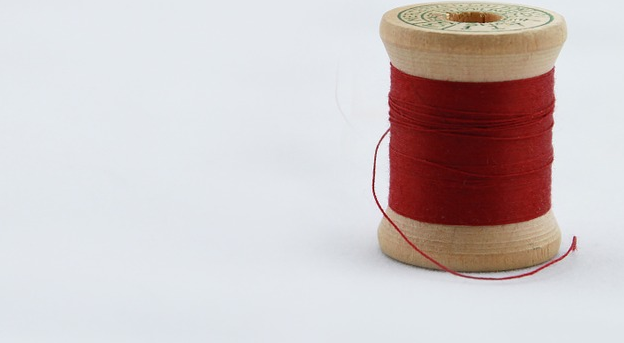Thread is to fly tying what flour is to a cake
 [dropcap]T[/dropcap]rouble is that the classification nomenclature for fly tying threads is an arcane aught system. Fear not, it has been modernized with a “better” confusing system called denier. You can look up the measuring system’s origins and explanations if curious. However, it is memorably forgettable.
[dropcap]T[/dropcap]rouble is that the classification nomenclature for fly tying threads is an arcane aught system. Fear not, it has been modernized with a “better” confusing system called denier. You can look up the measuring system’s origins and explanations if curious. However, it is memorably forgettable.
In the aught system, the lower number is stronger [3/0 is stronger than 6/0 (thicker diameter)] and in denier measure, an entirely different system, the opposite is true of numbers. A 140 thread is thicker in diameter (strength) than a lower number denier.
Threads for tying are wrapped on a plastic spool (sometimes wood spools for specialty items like wire). A simple thread keeper, a notch in the spools outer containment lip would hold the thread from its inherent unruliness. But it’s a rare spool feature.
Dozens of selfie ideas have evolved to contain thread from unraveling. Some of them so ridiculously cumbersome that drugs must have been the inspiration.
The next best thing about thread spools is their all important ID, a round, paste on piece of paper with a pre-punched hole that accommodates a bobbin; it has all the ID information.
The manufacturers of these tying threads have special employees that are trained at misaligning the critical, need-to-know, paste on information about the thread ID. By misaligning the paste on ID, it falls off when used or stored, and voilà, mission accomplished; what the f*&k is the thread?
The unknowable thread thickness/strength is, of course, useable, but a pain in the arse to have to deal with.

Finally, a simple solution, one that is way better than any spool ID system manufacturers or weekend tying warriors have come up with. Think comb binder. Office Depot image.







